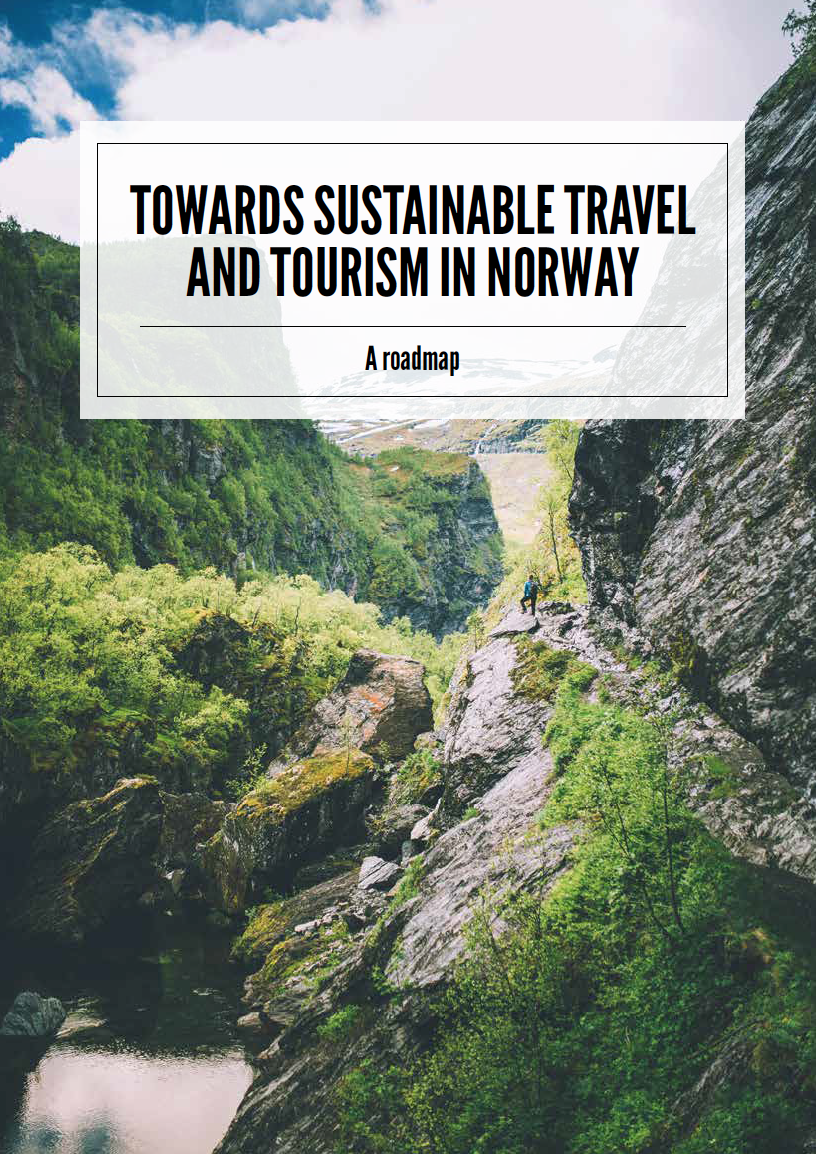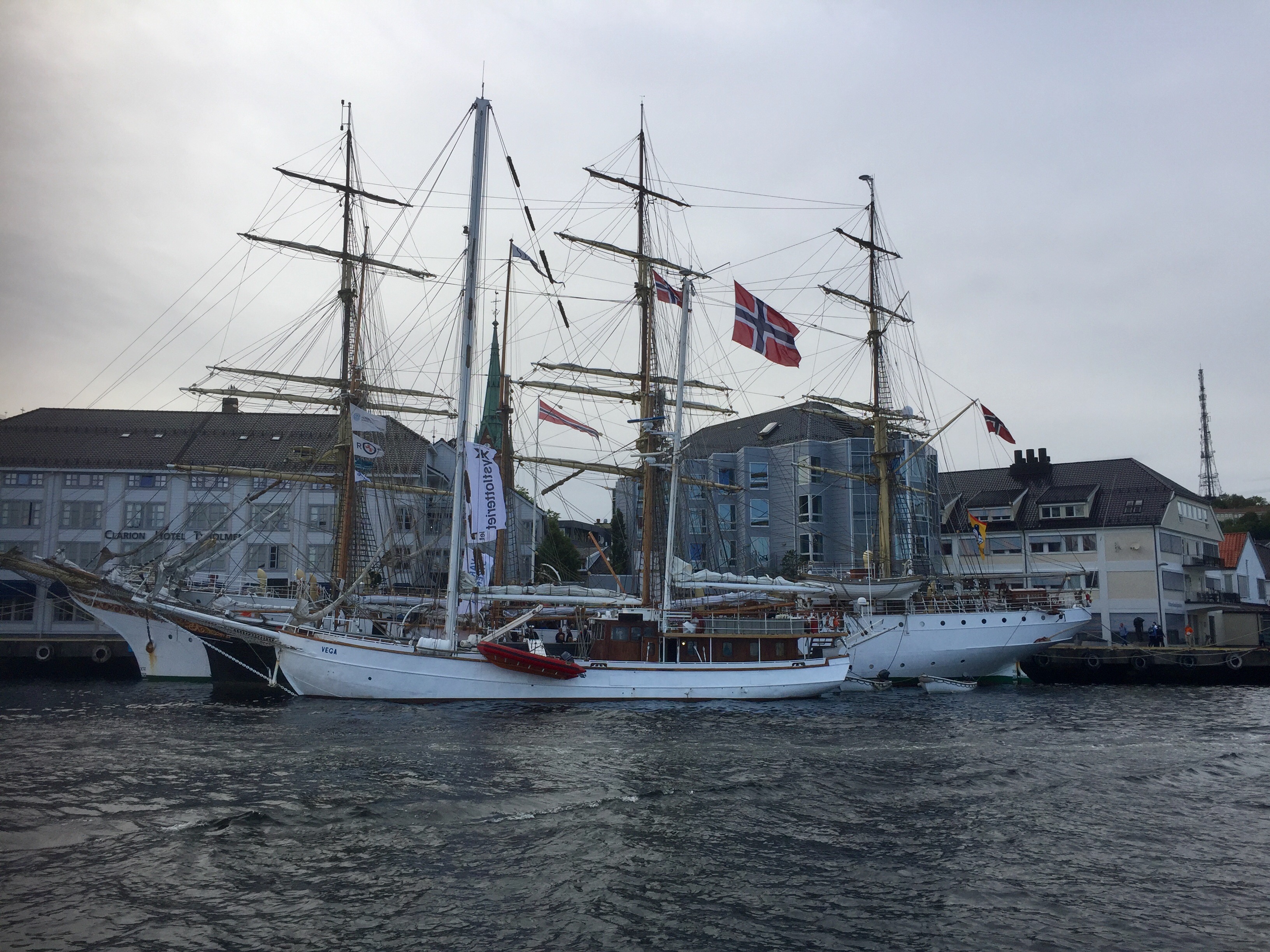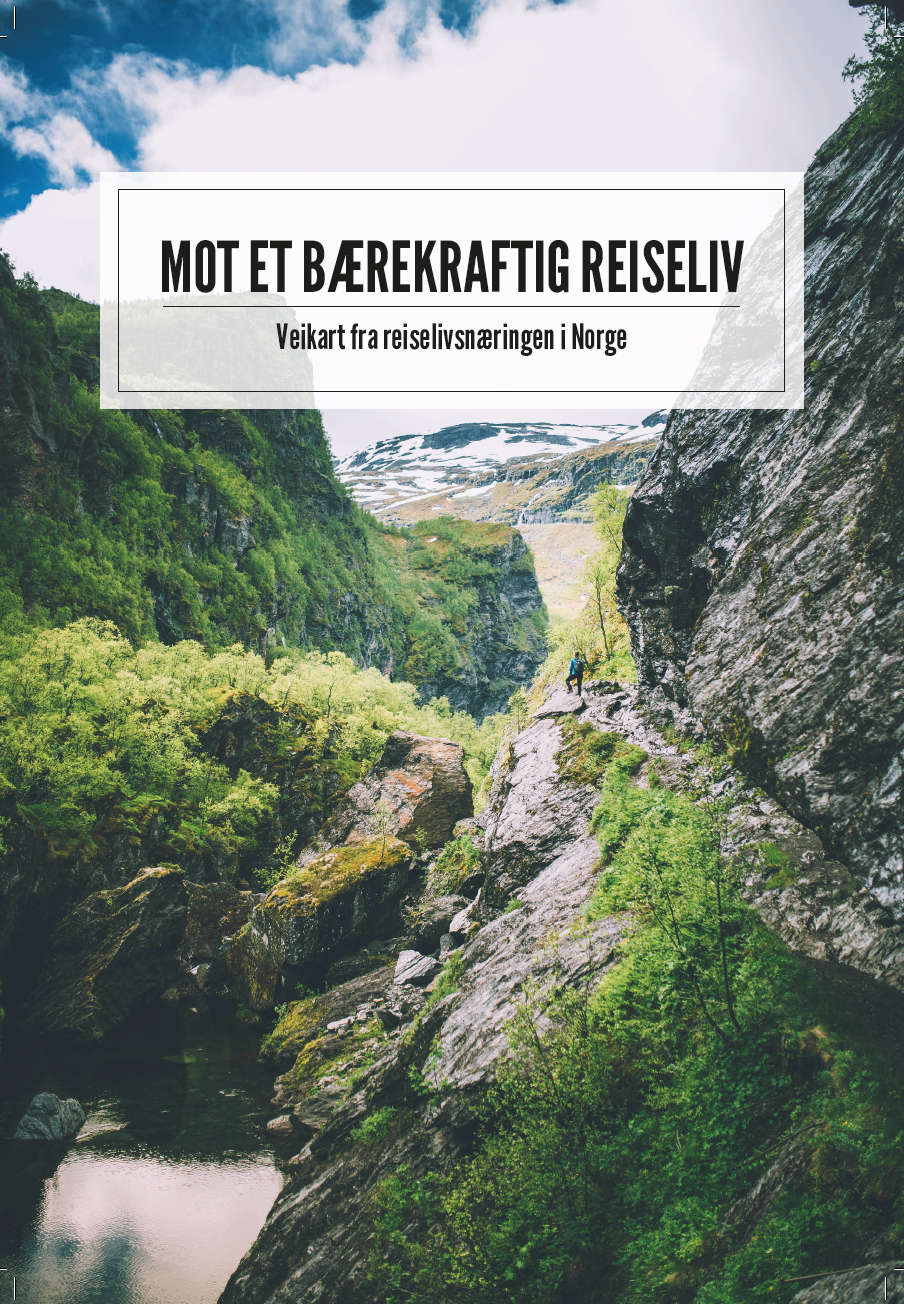 10 tourism- and conservation related organisations, among them Norsk Reiseliv, DNT and Naturvernforbundet, today presented at Arendalsuka a Roadmap for Sustainable Tourism in Norway. This cooperation between tourism and conservation is quite unique and may trigger the Norwegian potential for producing LT&C-Examples. Although the roadmap makes so far no reference to the Sustainable Development Goals (SDGs), the world has agreed as common and concrete definition of sustainability, the direction the consortium drafted is quite promising. Download and read:Tourism Road Map Norway or the Norwegian version: veikart-endelig.
10 tourism- and conservation related organisations, among them Norsk Reiseliv, DNT and Naturvernforbundet, today presented at Arendalsuka a Roadmap for Sustainable Tourism in Norway. This cooperation between tourism and conservation is quite unique and may trigger the Norwegian potential for producing LT&C-Examples. Although the roadmap makes so far no reference to the Sustainable Development Goals (SDGs), the world has agreed as common and concrete definition of sustainability, the direction the consortium drafted is quite promising. Download and read:Tourism Road Map Norway or the Norwegian version: veikart-endelig.

The publishers of the Roadmap describe the reason for it as follows: In Norway a great opportunity has presented itself for developing a more sustainable and profitable travel and tourism industry. The Government presented a report to the Storting (Parliament) no 19 (2016-2017) ”Experience Norway – unique and adventurous”. This is primarily a status thorough report. There is now a need to describe further what characterizes sustainable travel and tourism, and identify what challenges lie ahead. The Brand Norway as a travel and tourism destination demands that Norway’s unique natural and cultural values must be protected for the future. The Roadmap should become an important part of the government’s Strategy for Green Competitiveness across all sectors. Main reasons: the travel and tourism industry has a great built-in potential for low-emission solutions; it is labour intensive; it encompasses a number of economic sectors along its value chain; it can safeguard Norway’s natural and cultural capital through a greener, cross-sectoral and experience-based destination development
The Roadmap serves 3 main purposes:
- It provides a vision for moving towards sustainable travel and tourism by 2050, and includes proposals for ways to achieve this for Norway’s travel and tourism industry.
- It serves as an input to the Governmental Green Competitiveness strategy, based on the recommendations of the Expert Commission on Green Competiveness. It describes how the authorities should provide the framework for a green shift in the travel and tourism industry. In addition, it describes ways to strengthen and sustain the sector’s competitiveness while meeting the stronger needs for strict policy measures in the context of Norway’s climate and environment policy.
- It is also intended as a recommendation that provides Norwegian tourism enterprises with key choices that must be made in the short and long term to move towards to a sustainable society by 2050, and how to maintain a globally competitive edge in a future where change is the order of the day.
Vision for sustainable travelling towards 2030 and 2050
Sustainable travel and tourism require that we take care of the nation’s nature and culture capital, strengthen the social values, bolster pride in local communities while developing new jobs with a focus on value creation that makes travel and tourism economically viable. The perspective has to be long-term: The nature we enjoy today should also be future generations’ privilege. It is our responsibility to ensure that it will remain as beautiful, spectacular and viable when it is our children’s and grandchildren’s turn to appreciate it.By 2030 Norway should have confirmed its position as one of the world`s preferred destinations for sustainable nature- and culture-based travel experiences. Towards 2050, growth of Norwegian tourism industry should primarily consist of unique tourism and travel experiences in unspoiled nature and culture settings. Transport to and from the destinations should be as climate and environmentally friendly as possible. The travel industry will, in close cooperation with the authorities and other sectors, seek out, produce and encourage travel and tourism products that are low in greenhouse gas emissions, offer local food delicacies and be infused with green values for all stakeholders.
The travel and tourimsm industry will direct its marketing efforts towards carefully selected target groups, based on the”High yield – Low impact” principle.




